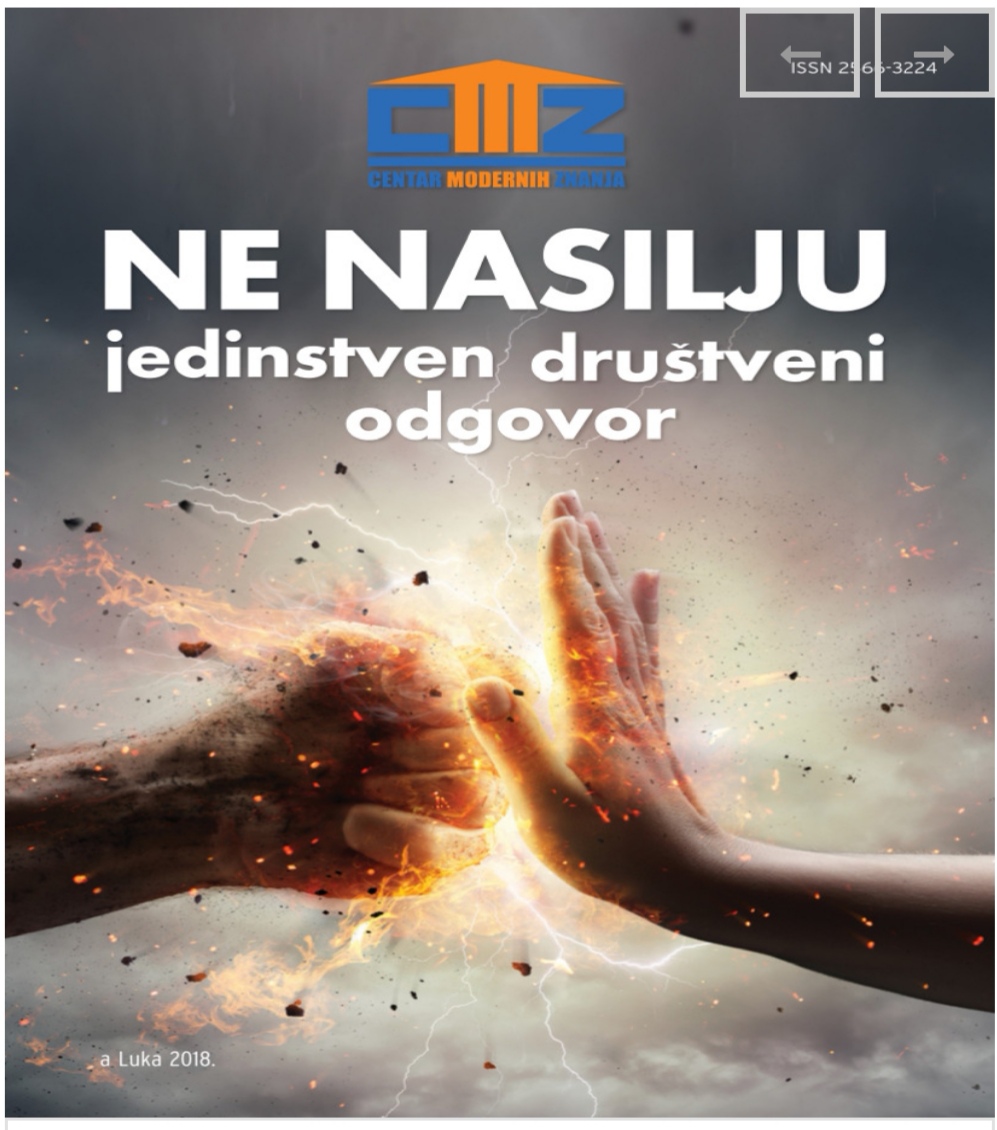INKLUZIVNA BEZBEDNOST KAO NAČIN SMANJENJE RIZIKA OD KATASTROFA I PRATEĆEG NASILJA
INCLUSIVE SECURITY AS A WAY OF DISASTER RISK REDUCTION AND THE ACCOMPANYING VIOLENCE
Author(s): Zorica Mršević, Svetlana JankovićSubject(s): Social Sciences, Education, Sociology, Social development, Policy, planning, forecast and speculation, Sociology of Culture, Social Norms / Social Control
Published by: CENTAR MODERNIH ZNANJA
Keywords: disasters; gender-based violence; Sendai framework; transformative recovery; inclusive security;
Summary/Abstract: Inclusive security is concept of diversified inclusion of different social segments in the security sector. Disaster Risk Reduction is a conceptual framework in which are considered ways and methods of reducing vulnerability and risks of society from disasters in order to avoid or hinder adverse impacts and dangers caused by natural phenomena. Negative consequences of disasters in terms of human and material losses, escalating violence, property delicts and other types of crime can be significantly reduced if the population of both sexes is well organized in a built culture of prevention and disaster relief. The assumption that the disaster risk is gender-neutral leads to the creation of inappropriate activities to reduce vulnerability of violence, which further increases gender inequality and female vulnerability. The requirement of inclusive security is the equal involvement of women and men in recovery and reconstruction processes to achieve so-called transformative recovery. Paradoxically, disasters are not just moments of women's suffering but are also an opportunity to empower women through transformative, inclusive security. The goal of resilience is to improve rather than to repeat the previously existing situations. The necessity of introducing gender aspects in the area of disaster risk reduction opens up space to consider specific vulnerabilities and specific contributions of some other vulnerable groups if they are adequately involved. It's about e.g. older persons, persons with disabilities, national and religious minorities, those living below the poverty line, especially in unsafe conditions and areas and other marginalized and socially vulnerable categories of the population. Their organized participation and their possible contributions to emergency activities will complete the diversified mosaic of inclusive security.
Journal: DRUŠTVENE DEVIJACIJE
- Issue Year: III/2018
- Issue No: 3
- Page Range: 401-411
- Page Count: 11
- Language: Bosnian, Serbian

